Bleeding the master cylinder and brake lines is the process of removing air from the hydraulic lines. When youve replaced your master cylinder you will need to add brake fluid and bleed the brake system.
Brake bleeding is one of the most important things you can do to ensure the proper operation of your brakes and the safe operation of your vehicle.

How to bleed brake lines from master cylinder.
Consult your owners manual to see which specific type of brake fluid your vehicle requires.
Tighten the fitting with a tubing wrench to keep from damaging the fitting.
Place a container or jar underneath the master cylinders bleeder nozzle or the place for.
Jack up your vehicle on level solid ground preferably a garage floor or driveway.
Connect a short length of tubing from a master cylinder bench bleeding kit to one of the brake line fittings at the base of the master cylinder.
Have your helper press and hold down the brake.
Just bleed it at the point where the brake lines attach to the cylinder or at the master cylinders bleeder nozzle if it has one.
Air bubbles in the brake lines will decrease the amount of force the brake pedal applies to the brake pad or shoe at each wheel.
Repeat this step for all remaining fittings on the master cylinder.
Then you top off the reservoir and tape the hose in.
Locate each of the four caliper bleeding screws one of which is shown in.
9 repeat this process with each brake until the air is out of each brake line.
Ask your helper to slowly pump your brake pedal several times.
Jack up the car.
How to bleed a master cylinder bleeding from the car gather your supplies.
You simply connect the hose up to the front left caliper bleeder nipple and then run the hose into the brake master cylinder fluid reservoir.


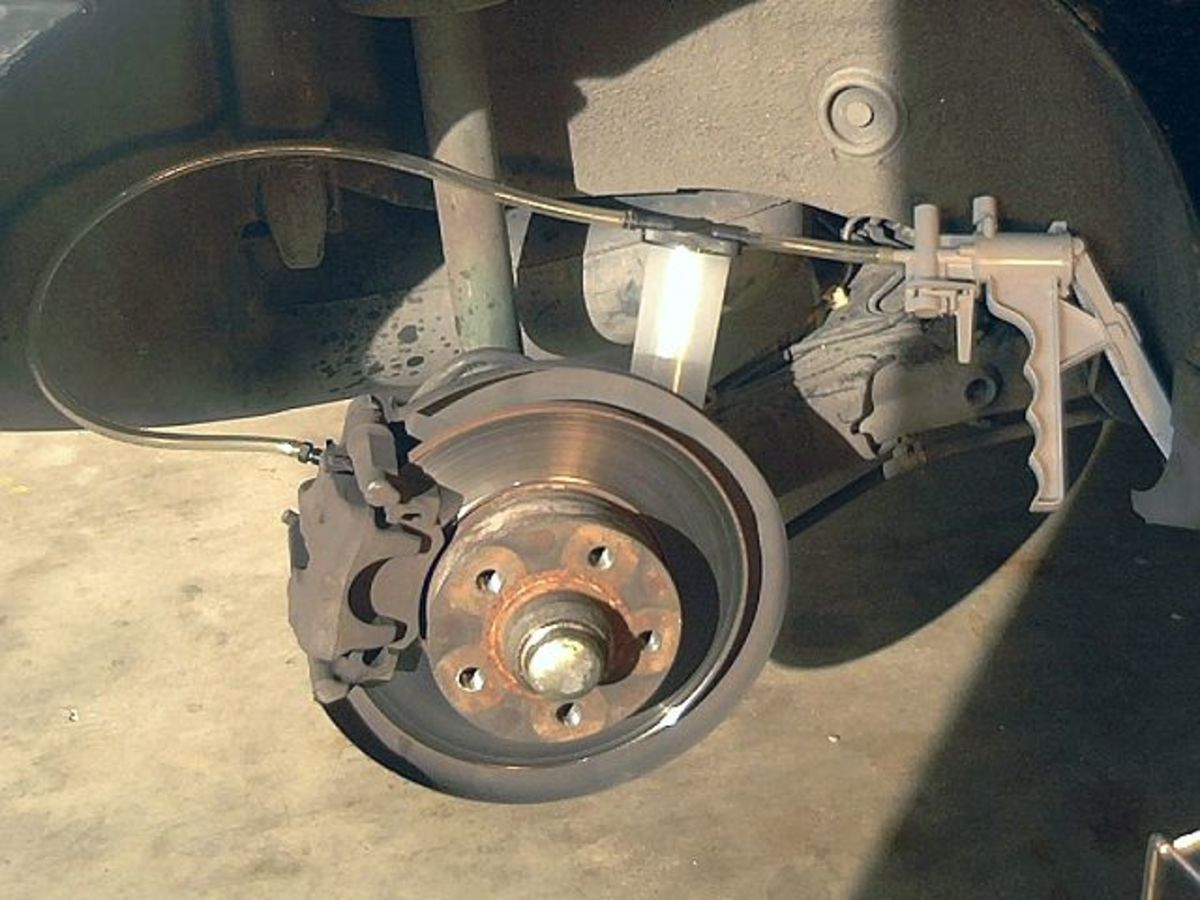
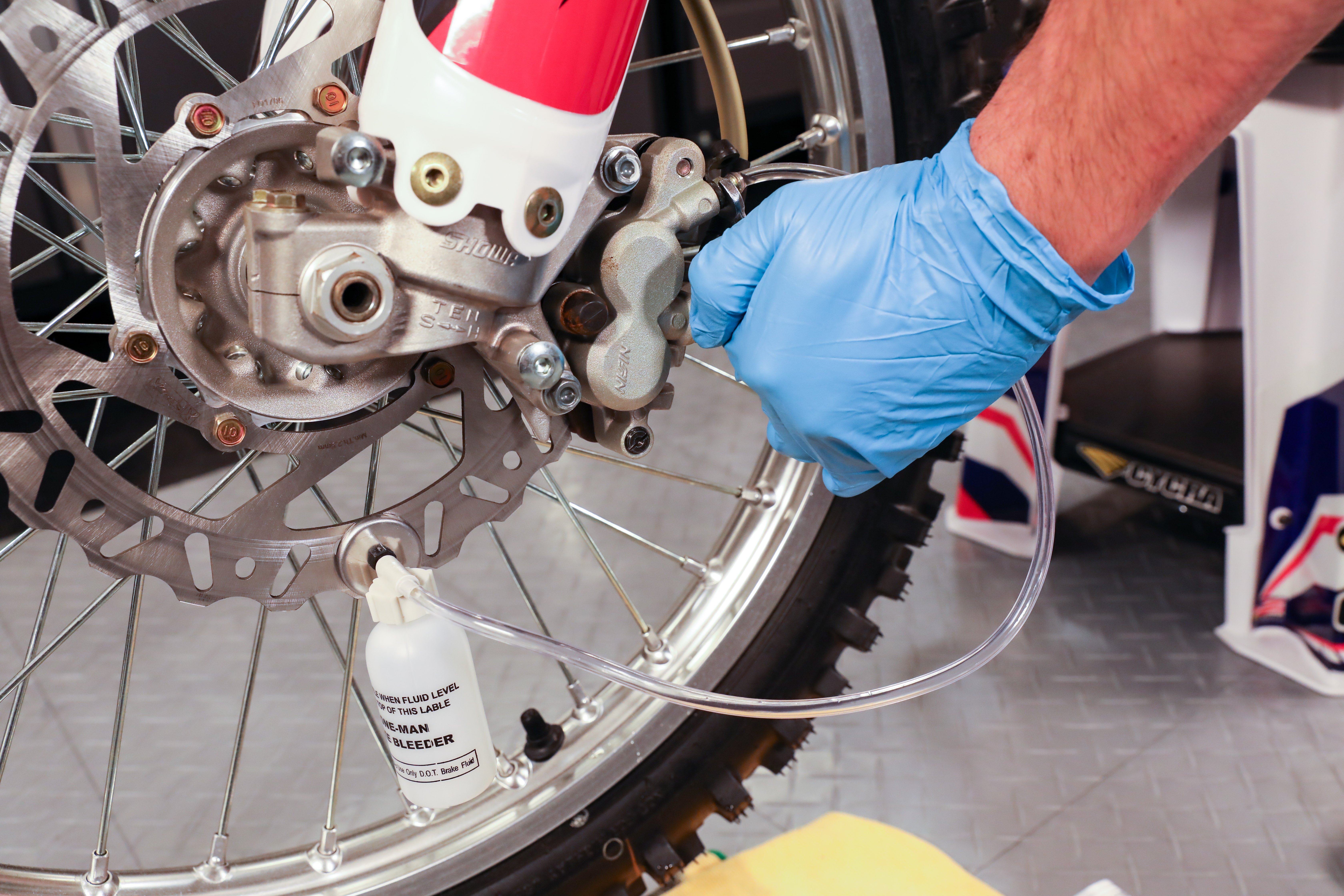

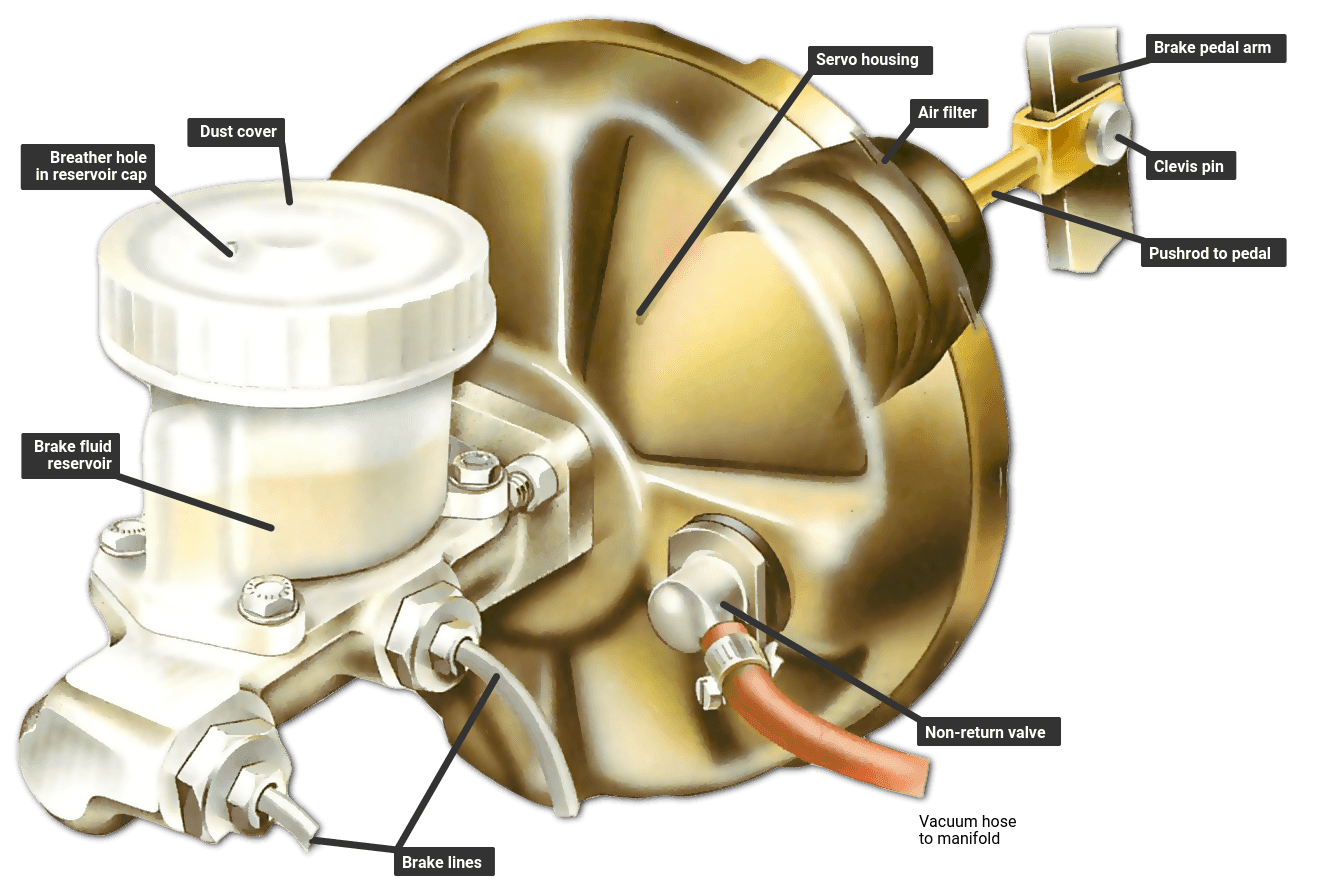






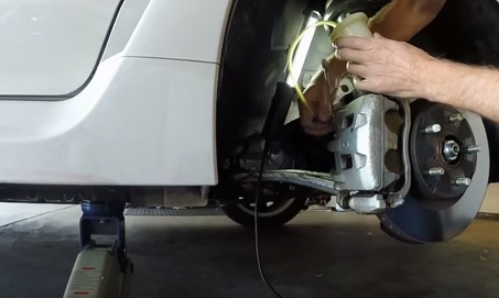
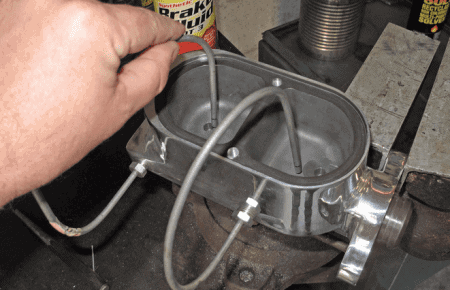
:max_bytes(150000):strip_icc()/bleeding-kit-installed-56a055673df78cafdaa1105e.jpg)


No comments:
Post a Comment